We investigate the magnetic order of atomically thin CrCl3 by employing vertical tunneling measurements, which are sensitive to the relative alignment of spins in different layers.
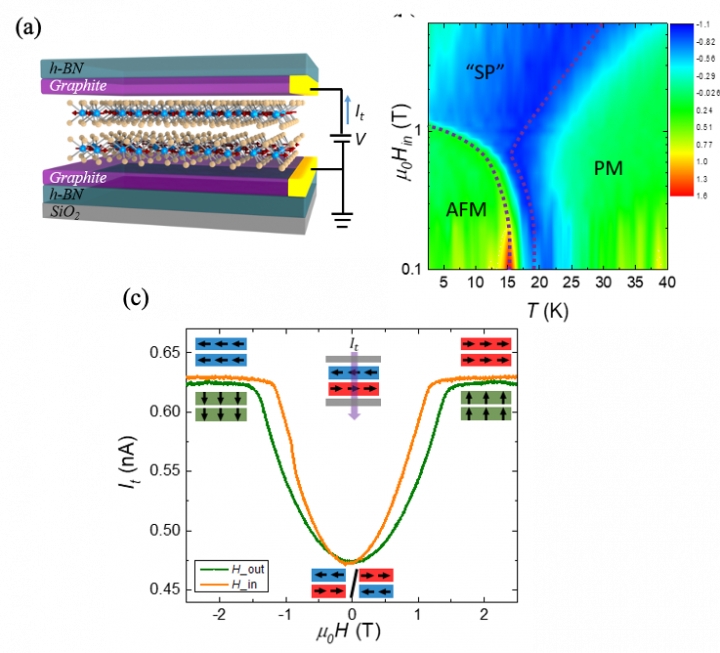
We investigate the magnetic order of atomically thin CrCl3 by employing vertical tunneling measurements, which are sensitive to the relative alignment of spins in different layers.
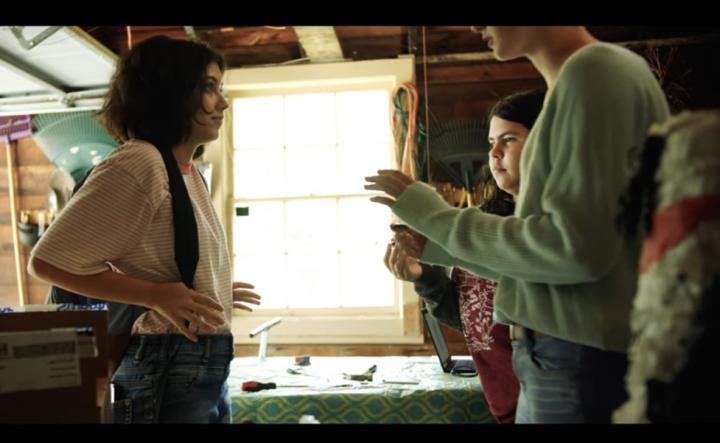
In Summer 2019 the I-MRSEC officially released the web series “Magnetic Fields,” which follows middle school aged characters as they encounter a new material at the I-MRSEC, and emphasizes the scientific process, persistence, and the diversity of scientists.
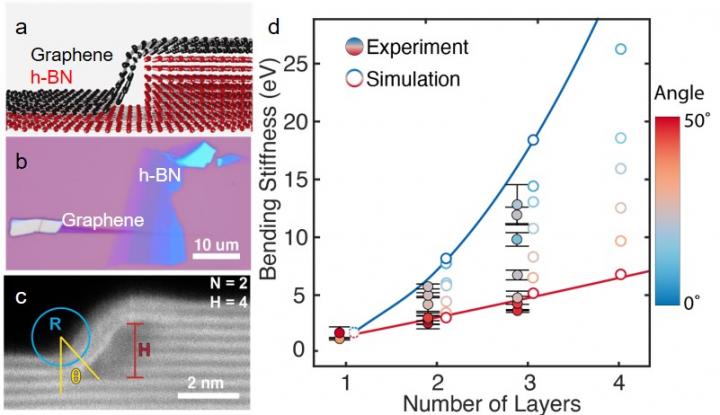
Two-dimensional (2D) materials like graphene are highly deformable due to their atomically thin structure. To fabricate deformable devices (e.g. flexible and wearable electronics) that capitalize on their ultrasoft nature, it is critical to assess the bending stiffness of graphene.
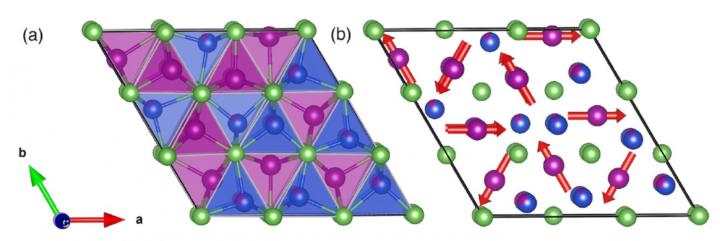
We discovered a new hexagonal metallic antiferromagnetic phase in the Cu-Mn-As system. Electrical switching and read-out of tetragonal CuMnAs inspired a world-wide research effort in metallic antiferromagnets. Phase equilibria in this system (Fig. a) however is poorly understood.
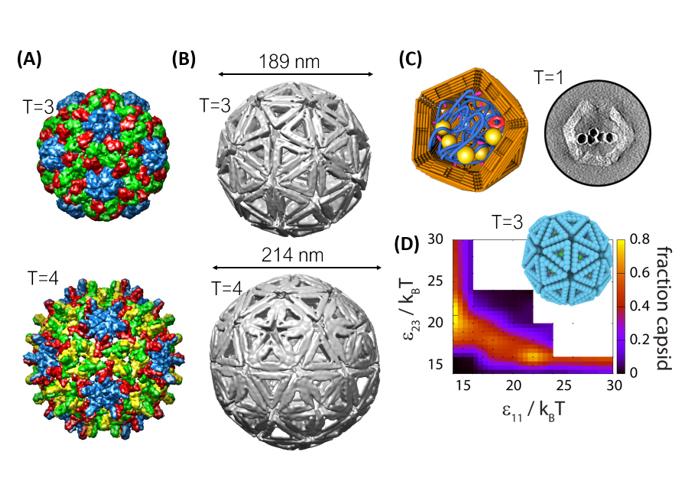
DNA origami technology is used to develop building blocks that self-assemble into predetermined finite-sized structures.
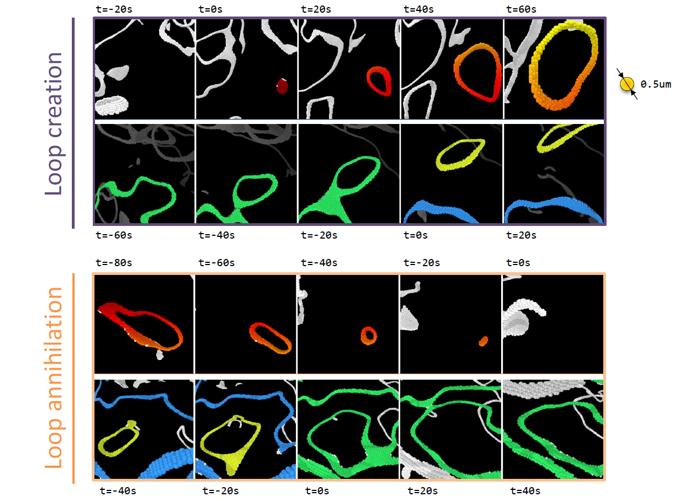
Current active matter systems, such as self propelled colloids or migrating cells, are inherently 2D, which limits the potential engineering applications. Brandeis developed the first 3D active nematic material by mixing an isotropic active fluid (Microtubules + kinesin motors) with a passive nematic colloidal liquid crystal (fd viruses).
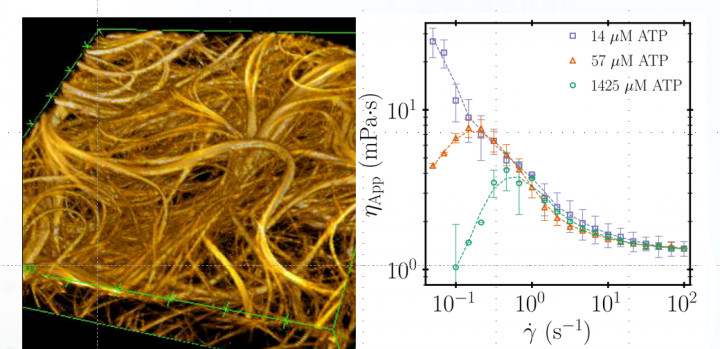
Cytoplasmic flows, bacterial colonies, and algal blooms are ubiquitous examples of active suspensions assembled from self-propelled particles, which internally inject energy into their suspending medium and, at sufficient concentrations, can produce large-scale flows.
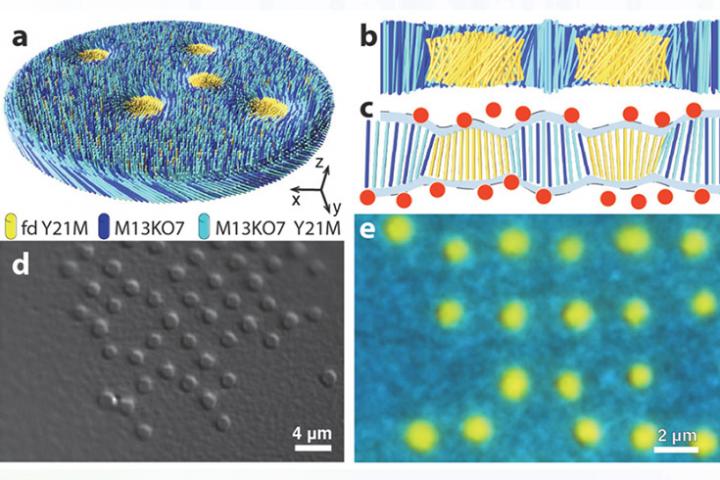
We describe hierarchical assemblages of colloidal rods that mimic some of the complexity and reconfigurability of biological structures. In particular, we show that chiral rod-like inclusions dissolved in an achiral colloidal membrane assemble into rafts, which are adaptable finite-sized liquid droplets that exhibit two distinct chiral states of opposite handedness.
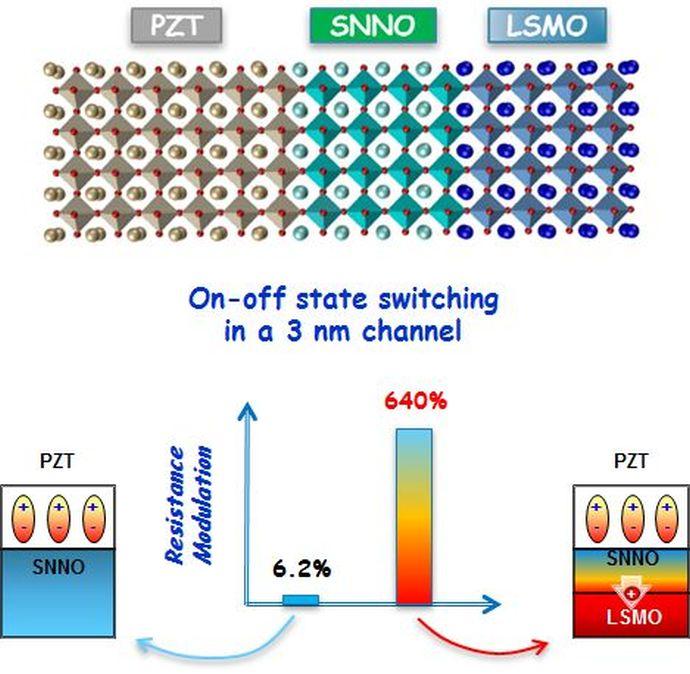
Nebraska MRSEC researchers have fabricated complex oxide heterostructures with atomic precision, exploiting them to build a prototype nonvolatile Mott transistor.

This unique partnership between Navajo Technical University and the Harvard MRSEC will build enduring pathways for undergraduate Native American students into STEM by including traditional tribal perspectives and methods of scientific inquiry in materials science research and education.